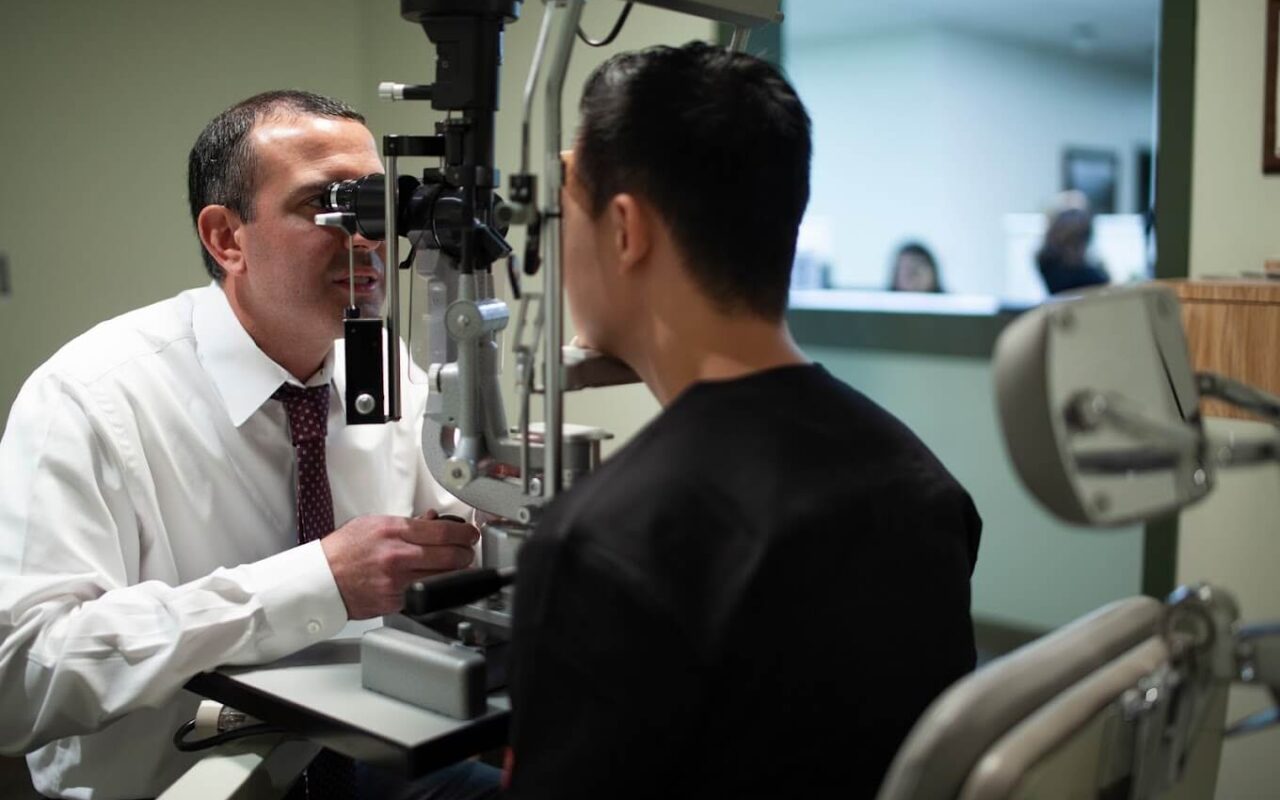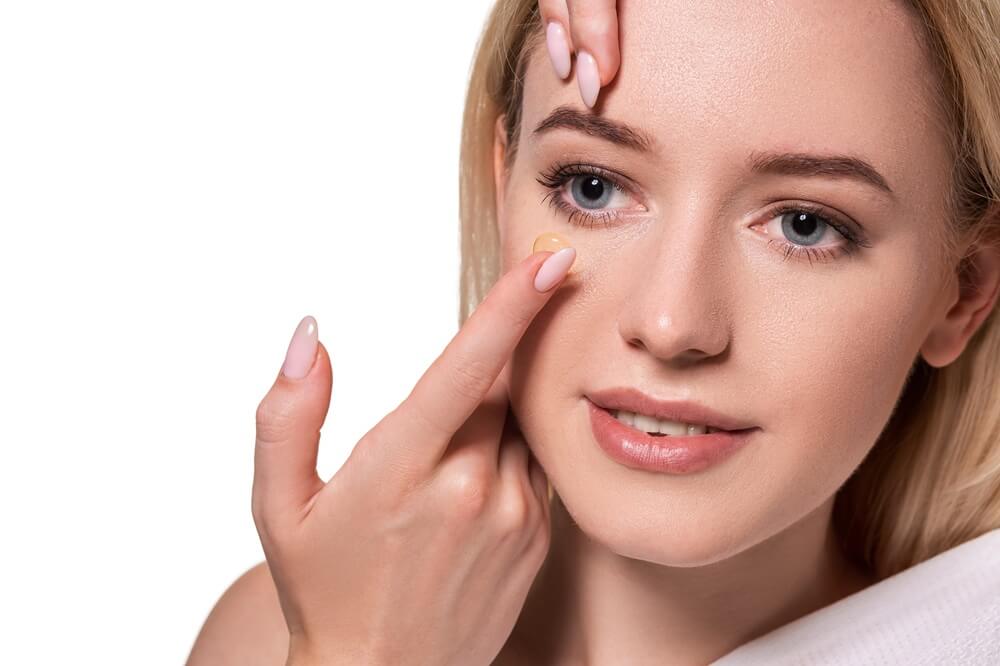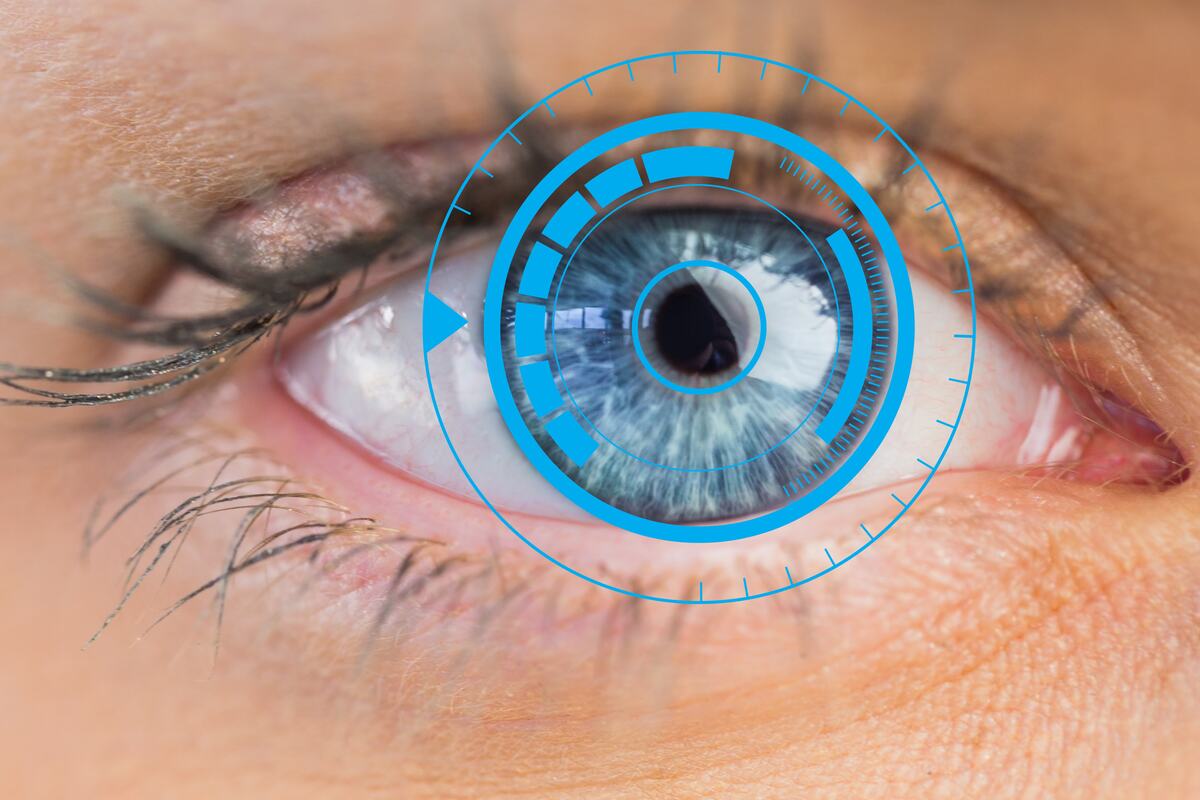Why LASIK Before Your Wedding Is a Smart Choice!
Your wedding is the biggest day of your life. You start planning months in advance, years in some cases. Who to invite? Where to hold the function? What to wear? How to make sure you look as fabulous as possible on your big day? When it comes to looking great on your wedding day, no stone can be left unturned, right?
Perfect outfit, matching accessories, well-rested sleep, et al to ensure you look as fresh as possible. Some of you may even go the extra mile and get different procedures done to enhance the way you look on your big day. It could be anything ranging from a spray tan to cosmetic surgeries such as Lasik eye surgery.
Yes, you read that right! And if you think about it, why wouldn’t anyone want permanent freedom from glasses before they say “I Do”? Still trying to wrap your head around why anyone would opt for such a big surgery right before the wedding? Instead, ask why not? With rapid advancements in the field of medical technology, getting a simple LASIK procedure before your “I Dos” should be the least of your worries.
Continue reading Why LASIK Before Your Wedding Is a Smart Choice!









